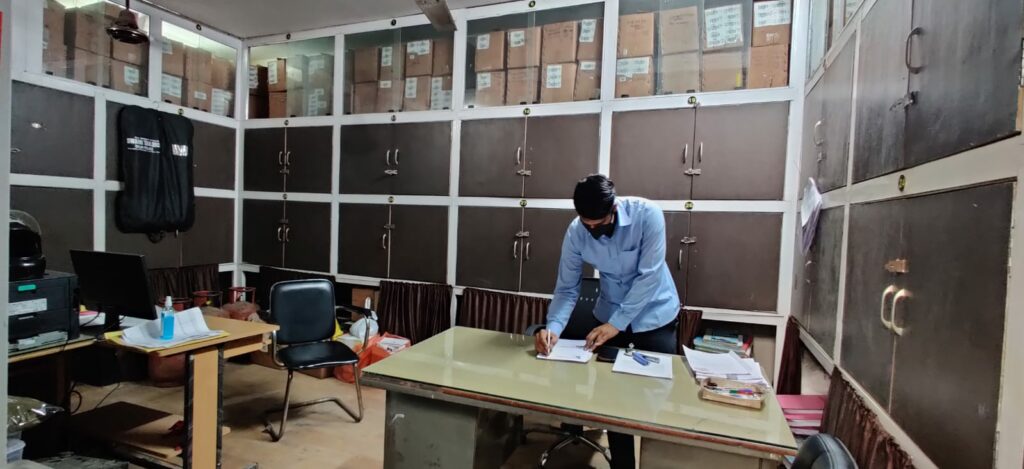Police Stations In Visakhapatnam Get E-Malkhana Facility
Context:
By June, it’s expected that all 23 of the police stations managed by the Visakhapatnam Police Commissionerate would have access to e-Malkhana, a method for scientifically preserving items retrieved from crime scenes.
 Points to Ponder:
Points to Ponder:
-
- The 23 police stations under the authority of the Visakhapatnam Police Commissionerate are utilising the e-Malkhana system.
- In July 2021, the then-ASP of Narsipatnam, Tuhin Sinha, officially launched the campaign at the Narsipatnam Police Station.
- A scientific method of preserving items and evidence retrieved from crime scenes is the e-Malkhana system.
- To launch e-Malkhana by the end of this month, infrastructure construction has already begun in several police stations, including the Kancharapalem Police Station (KPS).
- By the end of the next month, the remaining police stations should be equipped with the e-Malkhana system.
- While Narsipatnam already had it in rural regions, Visakhapatnam will become the first city in Andhra Pradesh to have e-Malkhana implemented.
- Before this, recovered goods and evidence were kept in storerooms, making it difficult to find particular items when needed.
- The e-Malkhana system will allow for the storage of seized items and evidence gathered from crime scenes in typical cardboard boxes.
- Each box will have a unique number and label with pertinent information. A dynamic QR code will also be created and applied to each box.
- All of the case and property facts will be uploaded to a dedicated website.
- Users can easily access the necessary information from the website by scanning the QR code on the box.
- For law enforcement personnel and other parties involved in investigations and legal actions, this digital method accelerates the process of keeping and recovering property and evidence, making it more effective.
Purpose of E-Malkhana
- Chain of Custody:
- The term “chain of custody” describes the official record of who had custody of the evidence from the time it was obtained until it was submitted in court.
- For the admissibility of evidence in court, it is essential to establish the chain of custody beyond a reasonable doubt using unimpeachable proof.
- To retrieve the items and establish a legitimate chain of custody for the trial, the things must be properly entered in the registers and records kept at the Malkhana.
- Safety and Security of Seized Articles:
- The security and safety of seized items are of the utmost concern because they are thought to be held in the custody of the State.
- Unless they can prove that reasonable precautions were taken to secure it, the State or its agents may be held accountable if the confiscated property is lost, stolen, or destroyed.
- The seized items must be recorded, catalogued, and preserved for the Malkhana to be managed properly.
- Both biological and digital evidence storage and preservation create unique problems that must be solved.
- Digital evidence must be kept clean and at the proper temperature while biological evidence must be stored under the proper circumstances.
- Quick/Timely Disposal:
- The seized goods must be quickly disposed of after a case is concluded or as instructed by the court.
- Returning the items to their rightful owner or carrying out particular steps as ordered by the court are both examples of disposal.
- Automobiles that have been taken into custody as evidence frequently take up a lot of room in police stations and, if not properly maintained, are prone to deterioration and theft.
- The Hon’ble Supreme Court of India has emphasised the significance of transferring case property to the relevant courts within a week of seizure and making sure that it is disposed of within a month.
- To keep seized things from deteriorating and to make room in police stations, prompt disposal is essential.


 Points to Ponder:
Points to Ponder:

